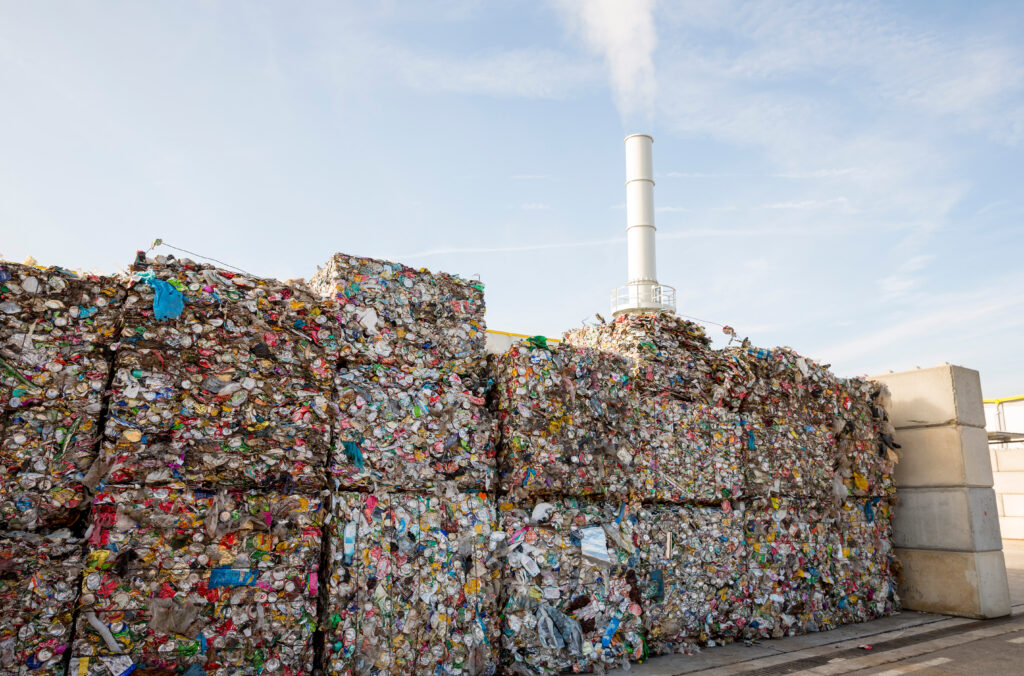Published by the Department for Communities and Local Government (DCLG) last week (October 16), the ‘National Planning Policy for Waste’ has been noted in the industry and by planning officers for its length – 10 pages long, which is significantly shorter than previous guidance.

It is intended to replace the existing 28-page Planning Policy Statement (PPS10), which was originally published in July 2005 and revised in March 2011. It will sit alongside the Waste Management Plan for England, which was launched in December last year.
The previous draft of the policy launched for consultation last year was 22 pages long (see letsrecycle.com story) and several changes have since been made, such as the removal of a reference giving “significant weight to locational needs and wider environmental and economic benefits when considering planning applications in the Green Belt”.
This particular change means that waste planning policy reflects wider national planning policy in that waste management facilities are simply considered to be “inappropriate in the green belt”, the updated policy states.
Concerns have been raised specifically about the effect this may have on the development of anaerobic digestion (AD) and composting plants – which, it has been claimed, are less suited to urban areas, and are more likely to be located on green belt land.
Pickles
Communities Secretary Eric Pickles said the updated policy would bring waste into line with the policies on other developments, where approval “should only be given in very special circumstances, and brownfield sites should be sought in the first instance”.
Commenting on publication of the document last week (October 16), Mr Pickles said: “I am crystal clear that the green belt must be protected from development, so it can continue to offer a strong defence against urban sprawl. Today’s new rules strengthen these protections further, and ensure that whether it’s new homes, business premises or anything else, developers first look for suitable sites on brownfield land.”
Organics facilities
The updated document published last week states that waste site planners should undertake “early and meaningful engagement” with local communities while “recognising that proposals for waste management facilities such as incinerators can be controversial”.
[testimonial id = “60” align=”right”]
Elsewhere, the document also states proposals for waste management facilities “such as incinerators that cut across up-to-date Local Plans reflecting the vision and aspiration of local communities can give rise to justifiable frustration”.
Therefore the document adds that waste plan applicants will be expected to demonstrate that waste facilities not in line with local plans “will not undermine the objectives of the Local Plan through prejudicing movement up the waste hierarchy”.
Planning officers
Director of the Planning Officers Society, Rob Murfin, described the 10-page policy as “the shortest version of a planning policy document I can recall” and suggested that he had hoped for a greater national steer on waste planning policy from the government.
He said: “The flavour is in keeping with the National Planning Policy Framework and current government soapboxes. There are the messages about voluntary joint working, protecting the green belt (of course) and a slight flinch regarding those unpleasant waste-to-energy-plants. While I am always cheered to see the now obligatory Waste Management Hierarchy diagram, the document is less upfront about Planning’s wider role in delivering the rest of the Waste Framework Directive. Then again I suppose government needs to be wary about talking too Euro-style at the moment.”
Mr Murfin added that confidence is needed for investment in the next two generation of infrastructure, but that there are feelings within the waste industry that “perhaps English waste policy is now a bit ‘thin’ compared to Scotland and Wales”.
He said: “DCLG and DEFRA certainly seem to be pulling back from talking detail. I hoped for a bit more of a national steer. The role of government should be to set out what it sees as the future of the sector and how this relates to a sustainable modern economy.”











Subscribe for free